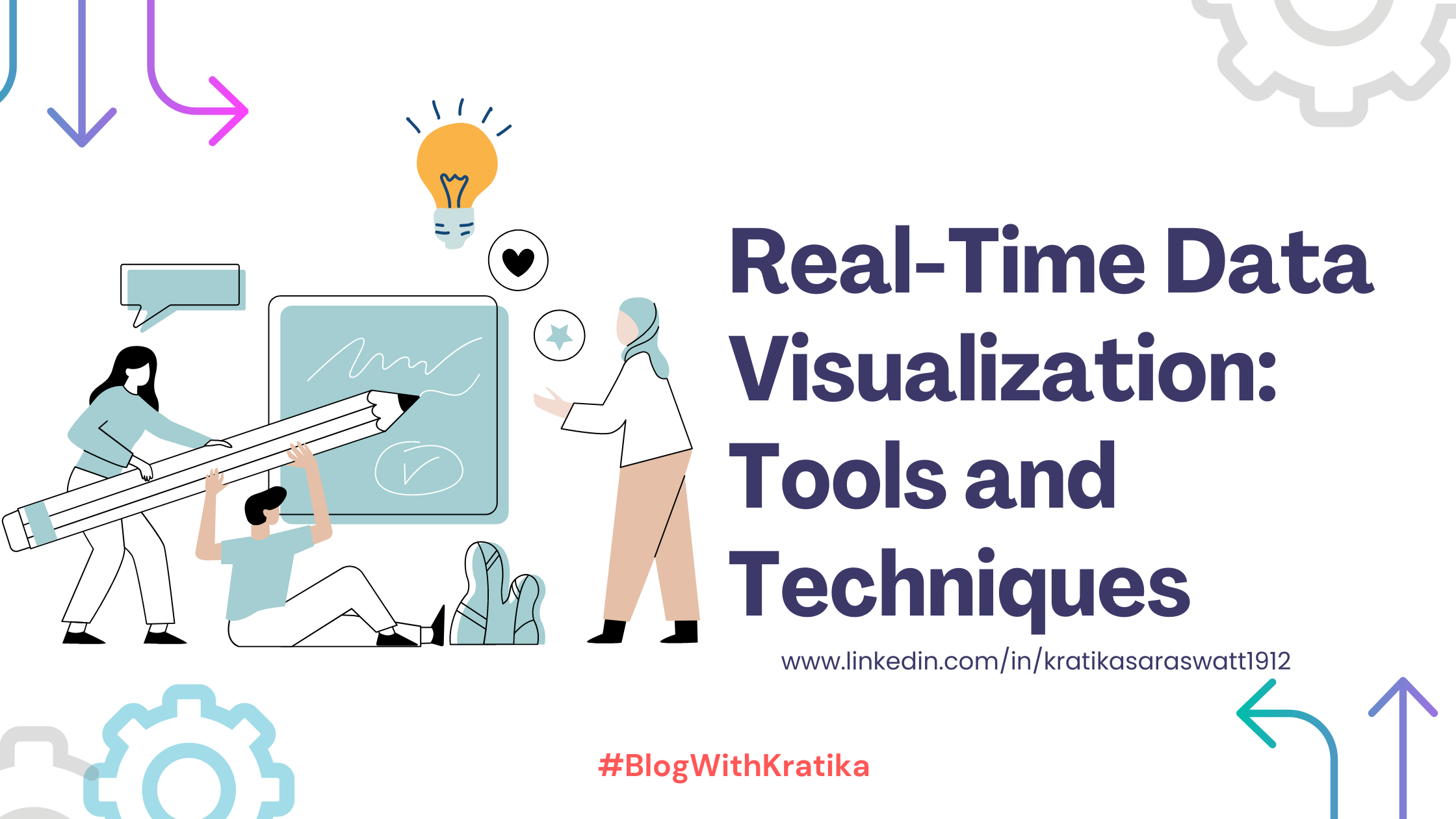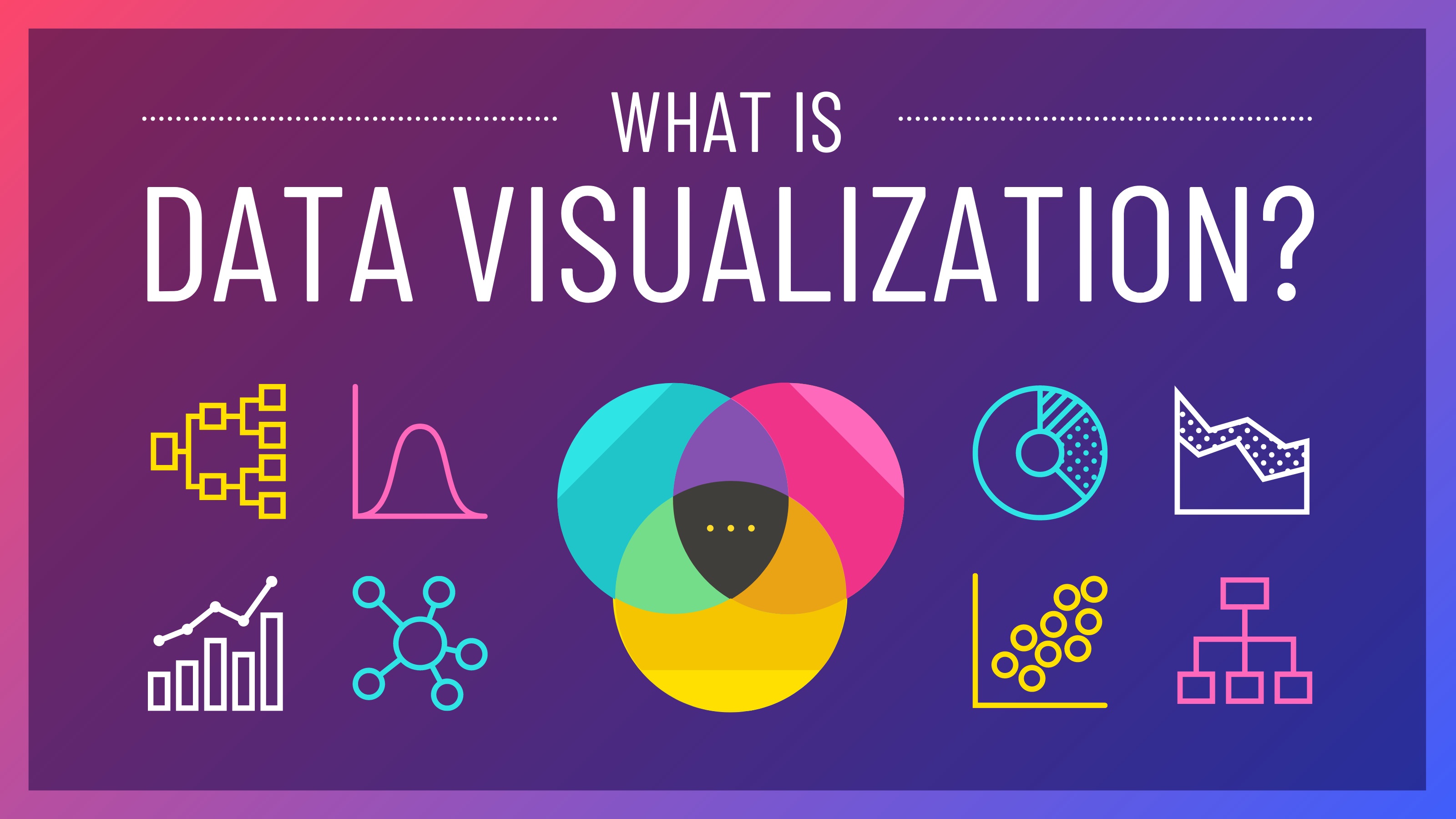Real-Time Data Visualization: Tools and Techniques
 Kratika Saraswat
Kratika Saraswat

In the era of big data, businesses and organizations are increasingly relying on real-time data visualization to make informed decisions swiftly. Real-time data visualization involves the immediate or near-immediate representation of data as it is collected. This capability is crucial in various sectors, including finance, healthcare, manufacturing, and marketing, where timely insights can significantly impact outcomes. This blog explores the tools and techniques essential for effective real-time data visualization.
Why Real-Time Data Visualization Matters
Real-time data visualization offers numerous benefits:
Immediate Insights: Enables prompt decision-making by providing up-to-date information.
Enhanced Monitoring: Allows continuous tracking of key metrics, facilitating quick responses to anomalies or trends.
Improved Communication: Makes complex data more accessible and understandable to stakeholders.
Competitive Advantage: Businesses can stay ahead by reacting swiftly to market changes.
Key Techniques for Real-Time Data Visualization
Data Streaming:
- Data streaming involves the continuous flow of data from various sources to the visualization tool. Technologies like Apache Kafka, Amazon Kinesis, and Google Cloud Dataflow facilitate efficient data streaming.
Event Processing:
- Complex Event Processing (CEP) tools like Apache Flink and IBM Streams process multiple data streams to detect patterns, correlations, and events in real-time, enabling immediate visualization.
Aggregation and Filtering:
- To manage large volumes of data, aggregation and filtering techniques are employed. Tools like Elasticsearch and Logstash aggregate data, while filters help focus on relevant information.
Responsive Dashboards:
- Dashboards are the backbone of real-time visualization. Tools like Grafana, Tableau, and Power BI offer interactive and customizable dashboards that update in real-time, providing a clear view of essential metrics.
Scalable Infrastructure:
- Cloud platforms such as AWS, Azure, and Google Cloud provide scalable infrastructure to handle the demands of real-time data processing and visualization. Utilizing serverless architectures can further enhance scalability and efficiency.
Popular Tools for Real-Time Data Visualization
Grafana:
Overview: An open-source platform for monitoring and observability.
Features: Supports various data sources, real-time alerts, and customizable dashboards.
Use Case: Widely used for infrastructure and application monitoring.
Tableau:
Overview: A leading data visualization tool known for its powerful and interactive visualizations.
Features: Real-time data integration, drag-and-drop interface, and extensive visualization options.
Use Case: Suitable for business intelligence and analytics across diverse industries.
Power BI:
Overview: A Microsoft tool offering robust data visualization and business intelligence capabilities.
Features: Real-time data streaming, interactive dashboards, and integration with various data sources.
Use Case: Ideal for enterprise-level reporting and analytics.
Kibana:
Overview: Part of the Elastic Stack, Kibana is used for visualizing Elasticsearch data.
Features: Real-time search and visualization, customizable dashboards, and alerting.
Use Case: Commonly used for log and time-series data analysis.
D3.js:
Overview: A JavaScript library for producing dynamic, interactive data visualizations in web browsers.
Features: Flexibility to create complex and custom visualizations.
Use Case: Best suited for developers looking to create bespoke visualizations.
Implementing Real-Time Data Visualization: Best Practices
Define Objectives:
- Clearly define what you want to achieve with real-time data visualization. This could be monitoring system performance, tracking sales, or observing user behavior.
Choose the Right Tools:
- Select tools that align with your objectives, technical requirements, and budget. Consider factors like ease of use, integration capabilities, and scalability.
Ensure Data Quality:
- Real-time insights are only as good as the data feeding them. Implement robust data validation and cleaning processes to maintain high data quality.
Design User-Friendly Dashboards:
- Focus on creating intuitive and easily navigable dashboards. Use visual elements like charts, graphs, and heatmaps to present data clearly.
Incorporate Real-Time Alerts:
- Set up real-time alerts to notify stakeholders of critical changes or anomalies. This ensures prompt action can be taken when necessary.
Conclusion
Real-time data visualization is a powerful tool that can transform how businesses and organizations operate, enabling them to make timely and informed decisions. By leveraging the right tools and techniques, you can harness the full potential of your data, gaining a competitive edge in today's fast-paced environment. Whether you're monitoring infrastructure, analyzing market trends, or tracking customer behavior, real-time data visualization can provide the insights needed to drive success.
Subscribe to my newsletter
Read articles from Kratika Saraswat directly inside your inbox. Subscribe to the newsletter, and don't miss out.
Written by
